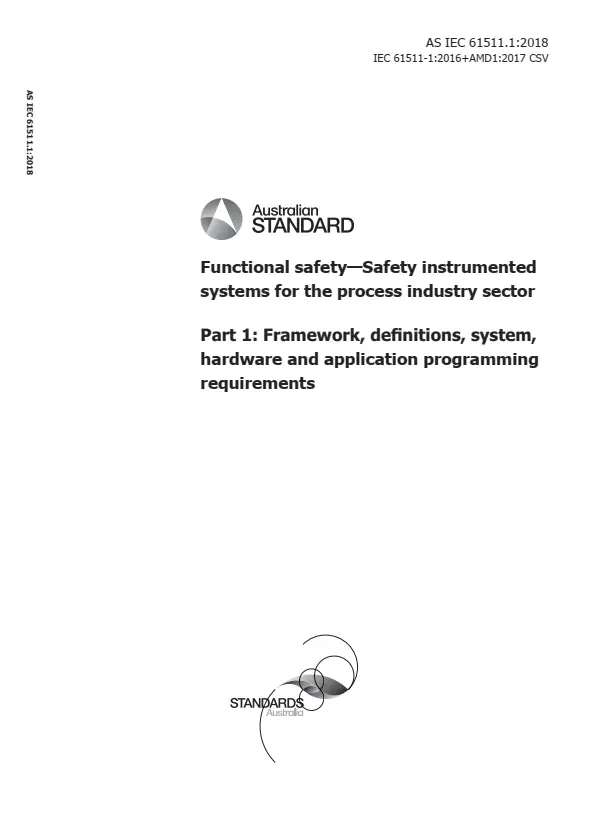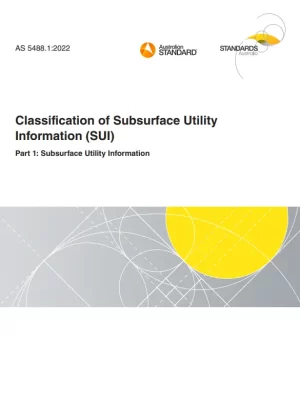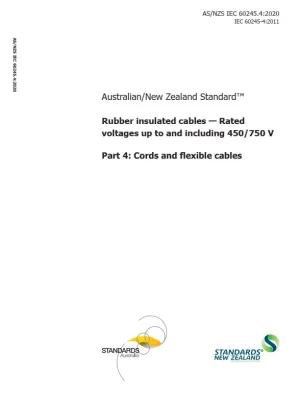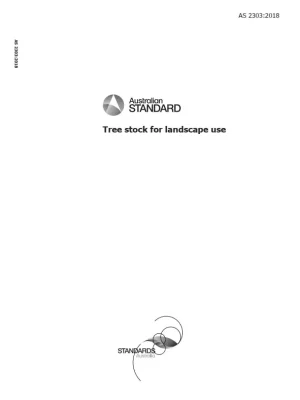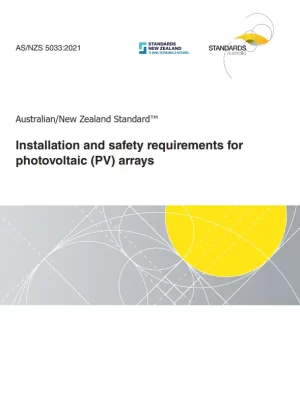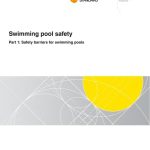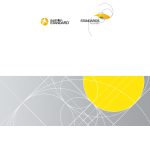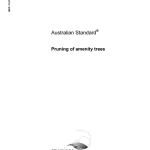AS IEC 61511.1-2018
$89.00
Functional safety – Safety instrumented systems for the process industry sector, Part 1: Framework, definitions, system, hardware and application programming requirements
2018 Edition
Published by Standards Australia, 30/10/2018
Description
AS IEC 61511.1 – 2018 Edition – Functional safety – Safety instrumented systems for the process industry sector, Part 1: Framework, definitions, system, hardware and application programming requirements
This part of IEC 61511 gives requirements for the specification, design, installation, operation and maintenance of a safety instrumented system (SIS), so that it can be confidently entrusted to achieve or maintain a safe state of the process. IEC 61511-1 has been developed as a process sector implementation of IEC 61508:2010.
In particular, IEC 61511-1:
a) specifies the requirements for achieving functional safety but does not specify who is responsible for implementing the requirements (e.g., designers, suppliers, owner/operating company, contractor). This responsibility will be assigned to different parties according to safety planning, project planning and management, and national regulations;
b) applies when devices that meets the requirements of the IEC 61508 series published in 2010, or IEC 61511-1:2016 [11.5], is integrated into an overall system that is to be used for a process sector application. It does not apply to manufacturers wishing to claim that devices are suitable for use in SISs for the process sector (see IEC 61508-2:2010 and IEC 61508-3:2010);
c) defines the relationship between IEC 61511 and IEC 61508 (see Figures 2 and 3);
d) applies when application programs are developed for systems having limited variability language or when using fixed programming language devices, but does not apply to manufacturers, SIS designers, integrators and users that develop embedded software (system software) or use full variability languages (see IEC 61508-3:2010);
e) applies to a wide variety of industries within the process sector for example, chemicals, oil and gas, pulp and paper, pharmaceuticals, food and beverage, and non-nuclear power generation;
NOTE 1 Within the process sector some applications may have additional requirements that have to be satisfied.
f) outlines the relationship between SIFs and other instrumented functions (see Figure 4);
g) results in the identification of the functional requirements and safety integrity requirements for the SIF taking into account the risk reduction achieved by other methods;
h) specifies life-cycle requirements for system architecture and hardware configuration, application programming, and system integration;
i) specifies requirements for application programming for users and integrators of SISs.
j) applies when functional safety is achieved using one or more SIFs for the protection of personnel, protection of the general public or protection of the environment;
k) may be applied in non-safety applications for example asset protection;
l) defines requirements for implementing SIFs as a part of the overall arrangements for achieving functional safety;
m) uses a SIS safety life-cycle (see Figure 7) and defines a list of activities which are necessary to determine the functional requirements and the safety integrity requirements for the SIS;
General Product Information:
| Edition | 2nd Edition |
| Document Type | |
| Document Language | English |
| Committee | IT-006 |
| ISBN | 9781760722029 |
| Pages | 72 |
| Publisher | Standards Australia(AS) |
| Status | Current |
Documents History
-
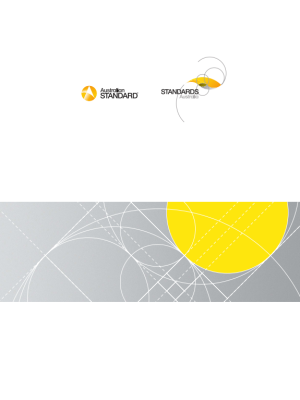
AS IEC 61511.1-2004
$60.00 Add to cart

